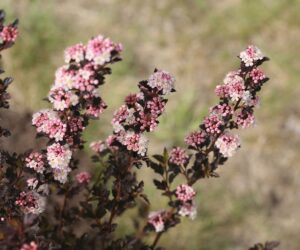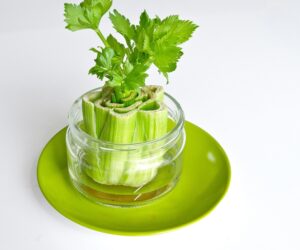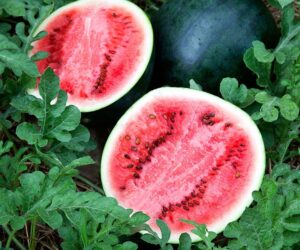Onion is one of the most commonly used vegetables. It is healthy, and it can upgrade almost any dish. The best ones are usually the ones that come from our own garden. To have ripe onions as early as possible in the new season, autumn is the best time to plant them.
They are very low maintenance, and there are plenty of varieties to choose from for this period. The soil has been warmed up during the summer months, which will allow your onions to settle well and prepare for winter weather. Read on and use these helpful tips for autumn onion growing.
1. Location

Autumn onions need full sunlight to grow successfully. They shouldn’t be grown in the same ground as onions or vegetables of the same family grown in the last season. The best option is to plant them where potatoes, beans, or peas were planted the previous time.
2. Growth

You can plant your onions from September to November. The most important period is the first month because the onions sense that the days are getting shorter, so they put all the energy into creating a stable root system. After that, they go into hibernation. Warm weather will wake them up, and they will start growing again.
3. Soil

Good drainage is very important for the onions. It will be ideal if you dig the wholes at least a month before planting them. The soil will then become firmer, which will allow the roots to anchor the plant before the winter weather properly. At the same time, you can also add some compost to the soil.
4. Planting

Plant the onions in straight rows. The rows should be about 1 foot apart. Then make a small hole every 4 inches and place each onion with the root end onto the soil. Put the soil around the plants leaving just the top tassel above the surface. Softly firm the soil with your hands.
5. Feeding

Fertilizer is normally not required, but it can be beneficial for your vegetables’ growth if you feed the soil. The best option is to mix it with some compost earlier in the season. When it is added during the plating, the soil can sometimes be even too rich.
6. Maintenance

Via www.homesteadandgardens.com
If exposed to a very low temperature, there is a risk of bolting, and the plants will then produce flowers. Be sure to choose the variety appropriate for this time. Autumn onions are extremely easy to take care of. Just keep removing the weeds regularly. That won’t be too difficult since very few actually grow during the winter.
7. Watering

Water your onions more in the beginning when you plant them and reduce watering over winter. Normally the rain is enough during the colder months when the plants are in hibernate mode. Good compost-rich soil will hold on to enough moisture.
8. Harvesting and storing

Via bonnieplants.com
When your onion’s foliage has wilted and yellowed, it is ready for harvesting. Autumn onions are normally ripe around a month and a half earlier than other types. They don’t store very well, though. First, you should wait until the tops start dying and then dry your onions in a cool, light place for about 10 days.
9. Pests and Diseases

Via www.paorganic.org
There is a treat of diseases like Bulb rot, Smut or Shanking. The most common pest is called the Onion fly. For the first few weeks, there is also a possibility of birds destroying your crop. You can spread some fleece over the surface and secure it with stones to protect your onions.
10. Problems

If you plant your onions too early when it is still quite warm, the foliage can start to grow. Then there is a risk of damage because of the winter weather. If you plant it too late, there is another risk for the onions not having enough time to develop a stable root system. The best planting time depends on the general temperatures.



